
Why Retaining Walls Fail and How to Fix Them
Causes of Retaining Walls Failures in Twin Cities
1. Climate-induced issues: The freezing and thawing cycles prevalent in Minnesota can cause the ground behind the wall to expand and contract. Over time, this can lead to cracking, bulging, or tilting of your retaining wall.
2. Poor water management: Without adequate drainage, water can accumulate behind the wall, leading to hydrostatic pressure, which is a common reason walls fail. Rainwater and snowmelt need to be efficiently directed away from the wall.
3. Plant root intrusion: While plants add aesthetic appeal, certain species have aggressive root systems that can exert pressure against the wall or infiltrate tiny crevices, causing the blocks to shift or crack.
4. Degraded or failing blocks: Over time, retaining wall materials can degrade. Bricks and blocks can become loose, crack, or crumble, especially if they are of subpar quality or have been exposed to harsh weather conditions.
5. Improper construction or design: A wall that hasn't been constructed properly—lacking a suitable base, incorrect slope, or without reinforcement—will inevitably fail over time.
6. Soil erosion and sedimentation: Over time, soil erosion can undermine the base of the wall, while sedimentation can add unexpected weight and pressure.
7. Overloading: Placing excessive weight or sudden loads atop or near a retaining wall, such as heavy equipment or large piles of materials, can cause the wall to buckle or collapse.
8. Lack of maintenance: Failing to periodically inspect, clean, and maintain the wall can lead to minor issues becoming significant problems. This includes not addressing small cracks or gaps in a timely fashion.
9. Material incompatibility: Using mismatched materials, for instance mixing different types of stones or blocks without considering their compatibility, can compromise the wall's structural integrity.
10. Ground movement: Natural soil settling or shifts in the terrain can destabilize a wall, especially if it hasn't been constructed to handle such forces. Additionally, underground activities or excavations near the wall can exacerbate these movements.
Typical Fixes for Retaining Walls
1. Reassess drainage: Make sure water drains away from the wall. Installing a French drain or gravel can help reduce hydrostatic pressure.
2. Replace Wall: Retaining walls have a lifespace, and many times a full replacement is recommended.
3. Replace failing blocks: For smaller issues, you can replace the affected blocks or bricks. Make sure the replacements are of high quality and suitable for Minnesota's climate.
4. Reinforce the wall: Use geo-grid fabric, a type of mesh that can provide added support for your wall and prevent it from leaning or falling.
5. Seek expert advice: If you're unsure about the root cause of the problem or if the damage is extensive, it might be wise to consult with a professional before attempting major repairs.
Types of Retaining Walls
-
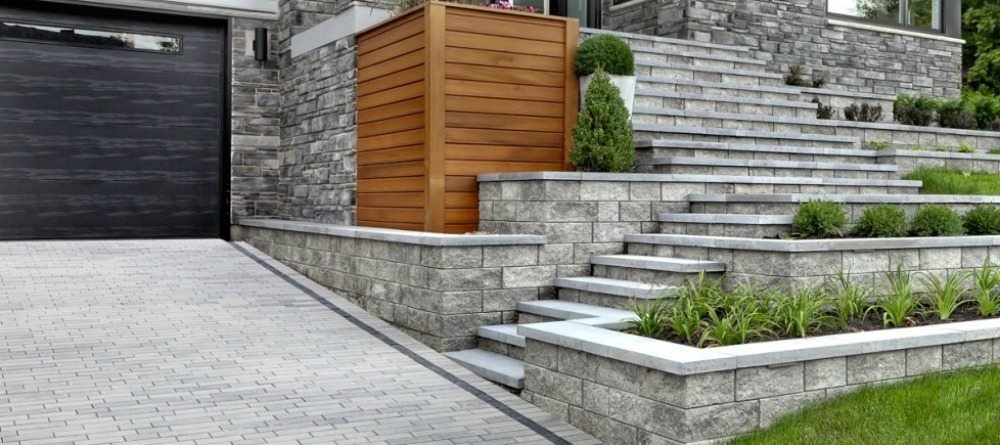
Concrete Block
Concrete block retaining walls are modular, durable, and easy to install, commonly used for both functional and decorative landscaping purposes.
-
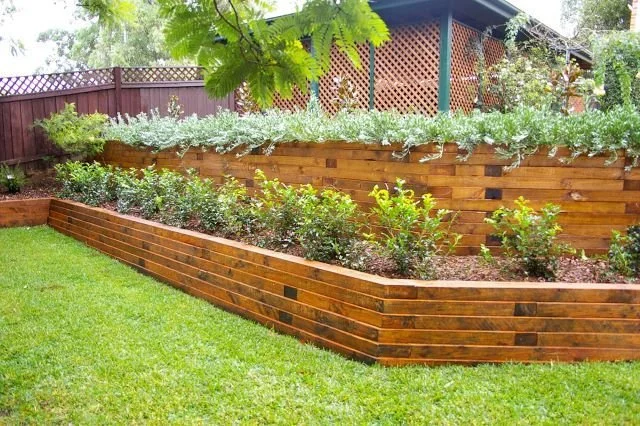
Timber
Timber retaining walls provide a natural, rustic appearance and are typically used for garden terraces or landscaping projects, but have a shorter lifespan compared to more durable materials.
-

Gabion
Gabion retaining walls consist of wire mesh containers filled with rocks, stones, or other materials, offering a permeable, eco-friendly, and visually unique solution for slope stabilization and erosion control.
-
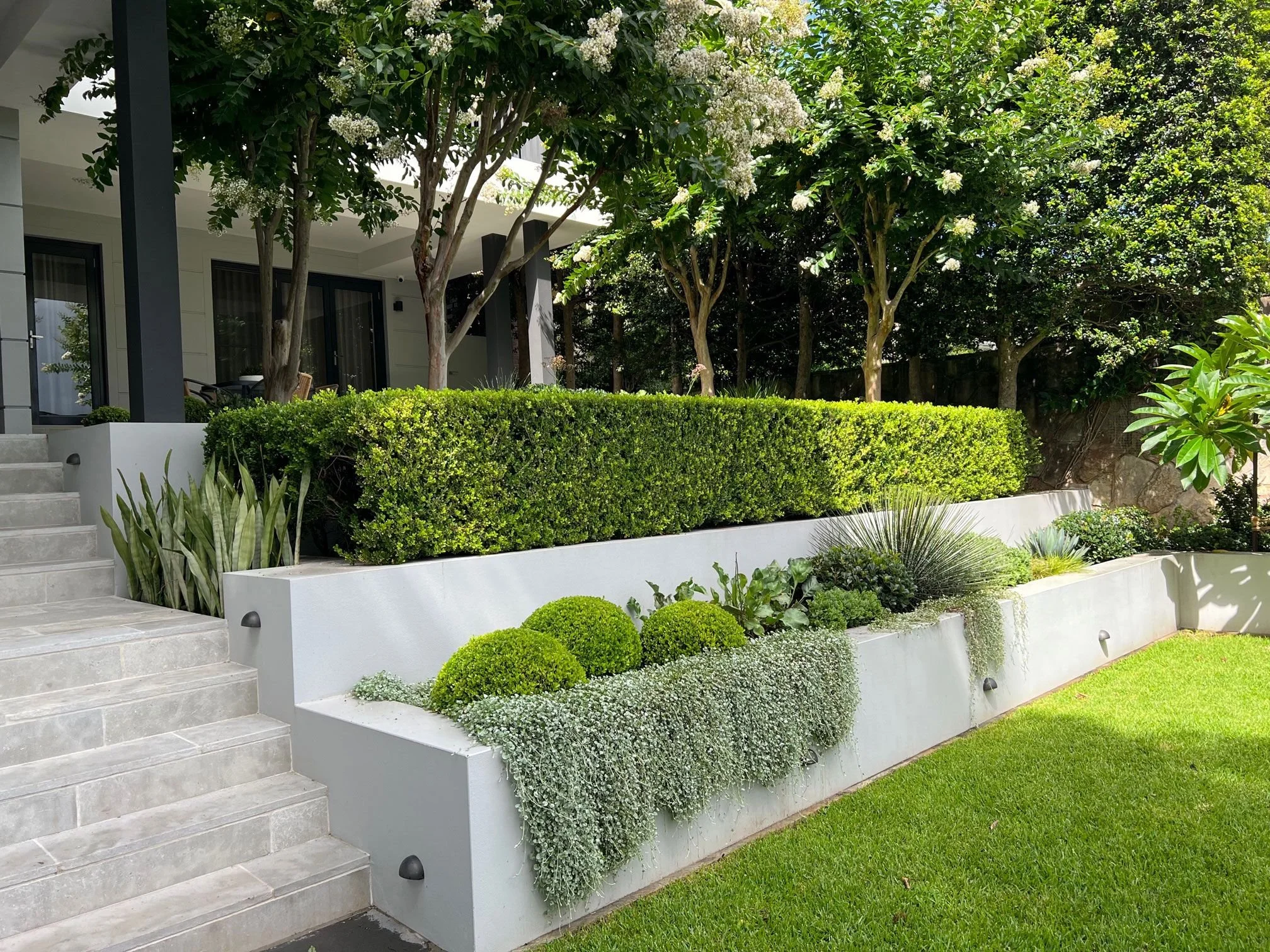
Poured Concrete
Poured concrete retaining walls offer a strong, seamless, and highly durable solution, ideal for complex forms or sites requiring a fluid, adaptable construction process.
-

Brick
Brick retaining walls provide a classic aesthetic appeal and are often used for decorative purposes in landscaping, but require proper foundation and drainage to maintain structural integrity.
-
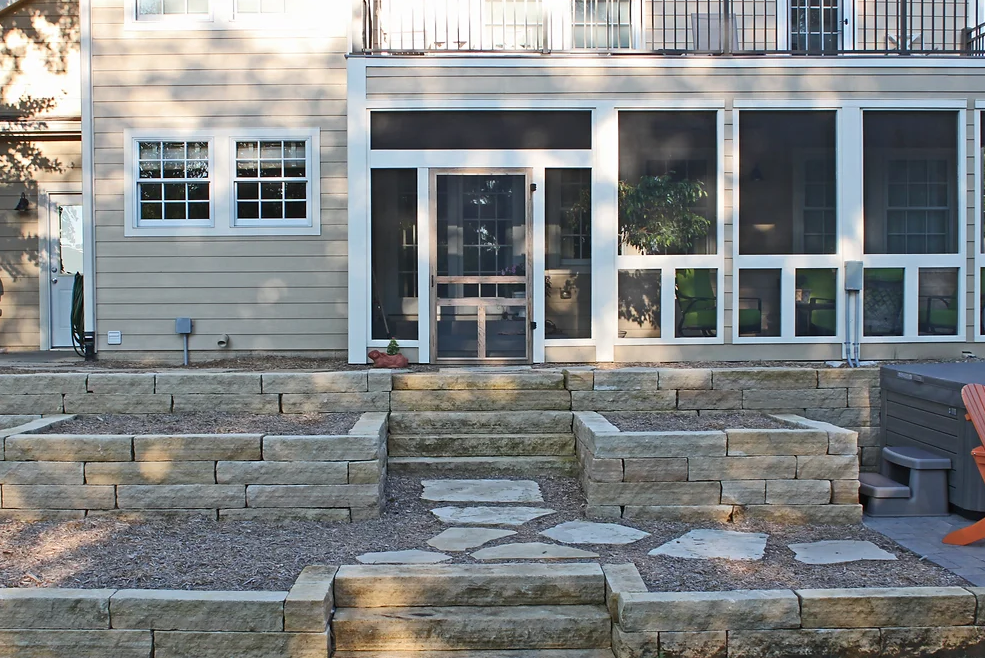
Dry Laid Stone
Dry laid stone retaining walls are built without mortar, relying on gravity and the skillful placement of stones, offering a traditional, natural look that blends well with the landscape.
-

Boulder
Boulder retaining walls utilize large, natural stones strategically placed for stability, offering a rugged, organic appearance ideal for landscape features that blend with the natural environment.
-
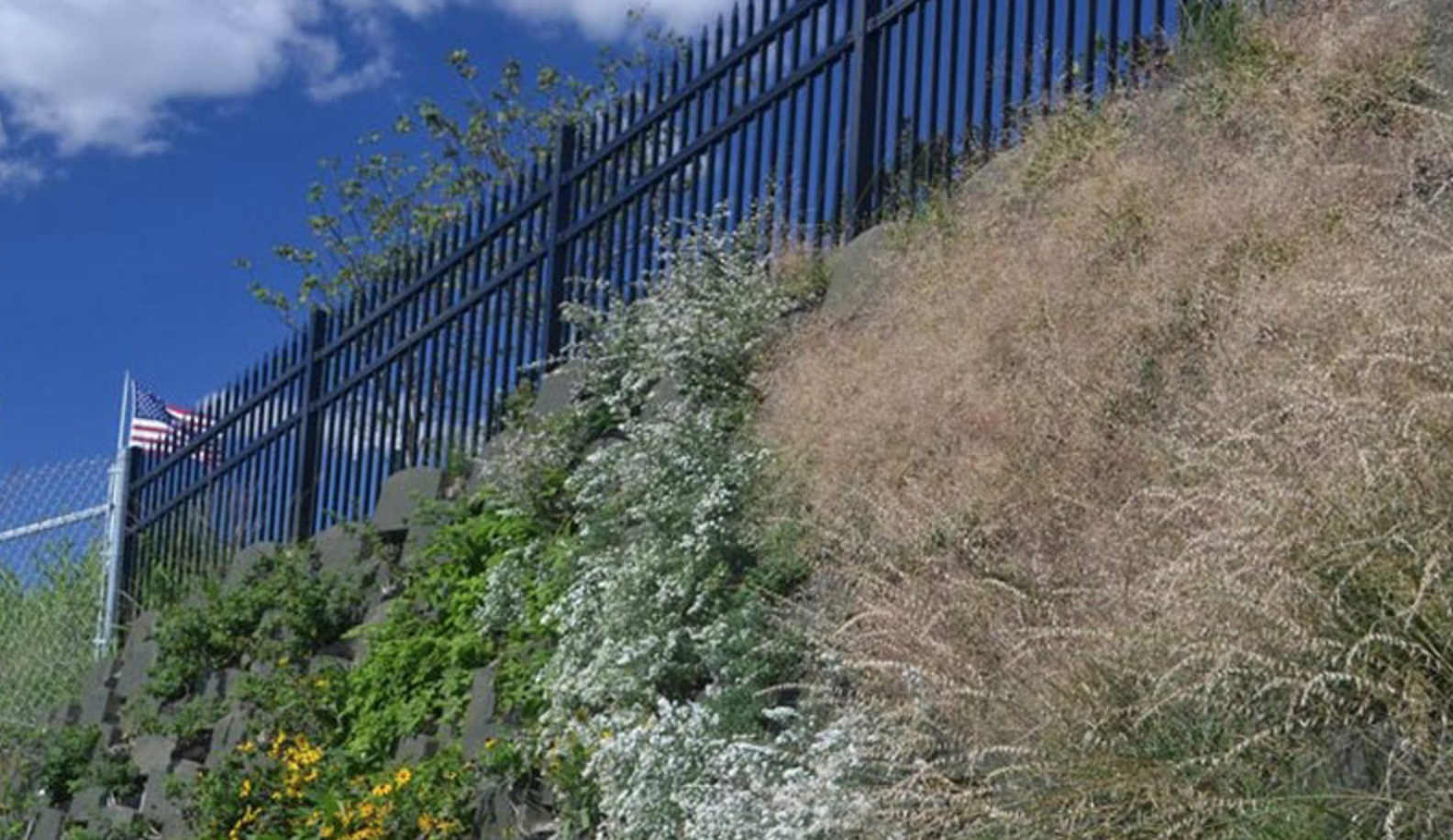
Living Retaining Wall
Living retaining walls incorporate vegetation, such as plants or shrubs, into the structure, providing ecological benefits and aesthetic appeal through a blend of engineering and greenery.
-

Terraced Retaining Wall
Terraced walls are a series of stepped retaining structures, often used on sloped terrains to create flat, usable areas and reduce soil erosion, enhancing both utility and landscape aesthetics.



